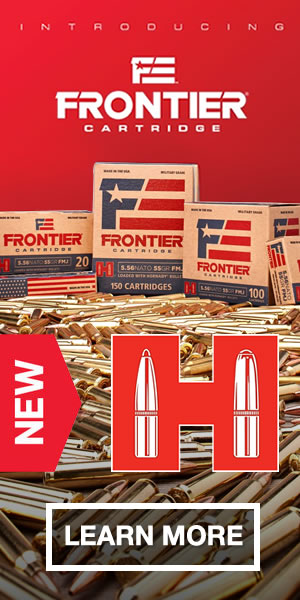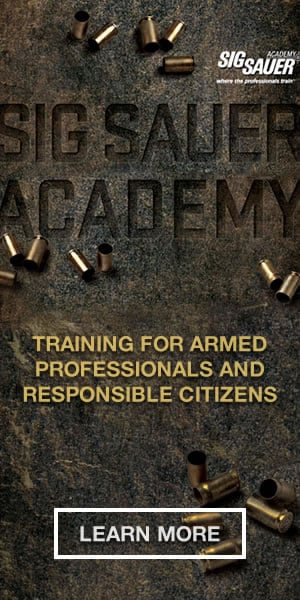In my last post, I talked about having recently had the opportunity to fire-for the first time-the single stack 9mm Glock 43 Slimline at the Crimson Trace writer's conference in Portland Oregon.
Although Glock is a relative latecomer to the single stack 9mm market they have had a single stack .45 on the market for many years-the excellent G36 compact.
The Glock 36 is probably one of the most under-appreciated model in the current Glock lineup. Featuring a six-round magazine and a 28 mm width, the G36 has a grip that fits very naturally in the hand, and is likely the most accurate pistol in the Glock lineup. For many years those of us who had experience with the G36 had hoped that Glock would bring out a full size single stack .45, since we felt that the original double stack Glock 21 was too clunky. Our wishes never materialized but G21 SF (Short Frame) was developed as an alternative to remove some of the chunky feel of the double stack grip. The SF modification helped, but a single stack .45 with an 8-round magazine may have found favor with a larger share of the market.
But if the G36 is as great as I say it is, why is it not more popular? Simple. At the time, a 6-round magazine capacity was seen as a big limitation, especially when the nine-round Glock 27 in .40 caliber, or the 10 round 9mm Glock 26 was also available. It just hasn't sold like the higher capacity mini Glocks, or even the mid-size 9mm Glock 19 or .40 caliber Glock 23. Which brings me to the Glock 43.
From my newly found side of the sales counter, I can report that the Glock 43 is the most popular selling Glock on the market today, among both civilian and law enforcement purchasers. However, this is not a phenomenon peculiar to Glock. The low capacity single stack has taken the concealed carry world by storm so the same can be said about Smith and Wesson, Ruger, Springfield Armory, Taurus, and of course the originator of all this activity, Kahr. Single stack full power compacts are all the rage.
What I find particularly interesting about the current trend is that for many years, the compact G36 .45 with a six-round capacity was considered inadequate for self-defense compared to the high capacity mini's. But now, pistols with six or seven-round capacity of the once denigrated 9mm are all the rage. Interesting.
But back to the G43. Weighing in at a feathery 17.95 ounces, and with a narrow 26 mm width (the double stack Glock 26 9mm has a 30mm width and a weight of 21.71 ounces) the G43 is truly an all-day carry-in-comfort handgun. While the mini-Glock 26, 27, and 33 are for me the absolute limit of what can be carried in modest comfort in an ankle holster, the G43 is as capable of comfortable all day ankle carry as is my Smith and Wesson 642 revolver (and it offers two more rounds of ammo on tap).
The importance of ease of carry cannot be overstated. If you purchase a concealed carry handgun for its large magazine capacity, you also end up with increased size and weight. In short order you can end up with a gun that is so inconvenient to carry that it ends up staying at home. Sort of obviates the need for a concealed carry permit doesn't it? This is why choosing a pistol in the compact or mini size range is a plus.
As I mentioned, I never had the opportunity to fire a G43 until a few weeks ago. I can report that I was highly impressed. At the range we used in Portland that had been rented for us by the folks at Crimson Trace and Smith and Wesson, we he had the opportunity to test fire a number of pistols carrying several styles of Crimson Trace laser sights. In addition to the G43, we had Smith and Wesson single stack M&P Shields and the Springfield Armory XD-S 3.3 to also test.
The other guns tested are fine pistols, without a doubt. And all of them functioned flawlessly when handled by myself and the five other writers, but it was the G43 that was the standout for me. I was able to easily produce a one-hole six shot group at 20 feet with it. I think this level of accuracy was likely due in part to the quality of the Glock design, but also due to having a greater familiarity with the Glock trigger system, which brings me to my final point.
The Glock 43 is the most like its other siblings than other pistols that we tested-it is a precisely scaled down model of the other Glock's in the lineup. If you already own any other Glock pistol, you should be totally at home with the G43-everything from trigger pull, operating system, and takedown is exactly the same, which means the learning curve is very short.
If you are looking for pistol that you can carry all day in comfort, that holds seven rounds of reasonably powerful 9mm ammunition, you may want to consider the G43-especially if you already own another Glock. If you are waiting for the same thing in .40 caliber, it may be a while. With the popularity of the .40 dropping due to the FBI's proclamation that the 9mm, .40, and .45 are all about the same (I agree with part, but not all of that statement) demand for a new single stack .40 may not be high enough to warrant the development. If a single stack .40 is what you are seeking and you don't wish to wait on Glock, check out Kahr, Smith and Wesson and Springfield Armory.


